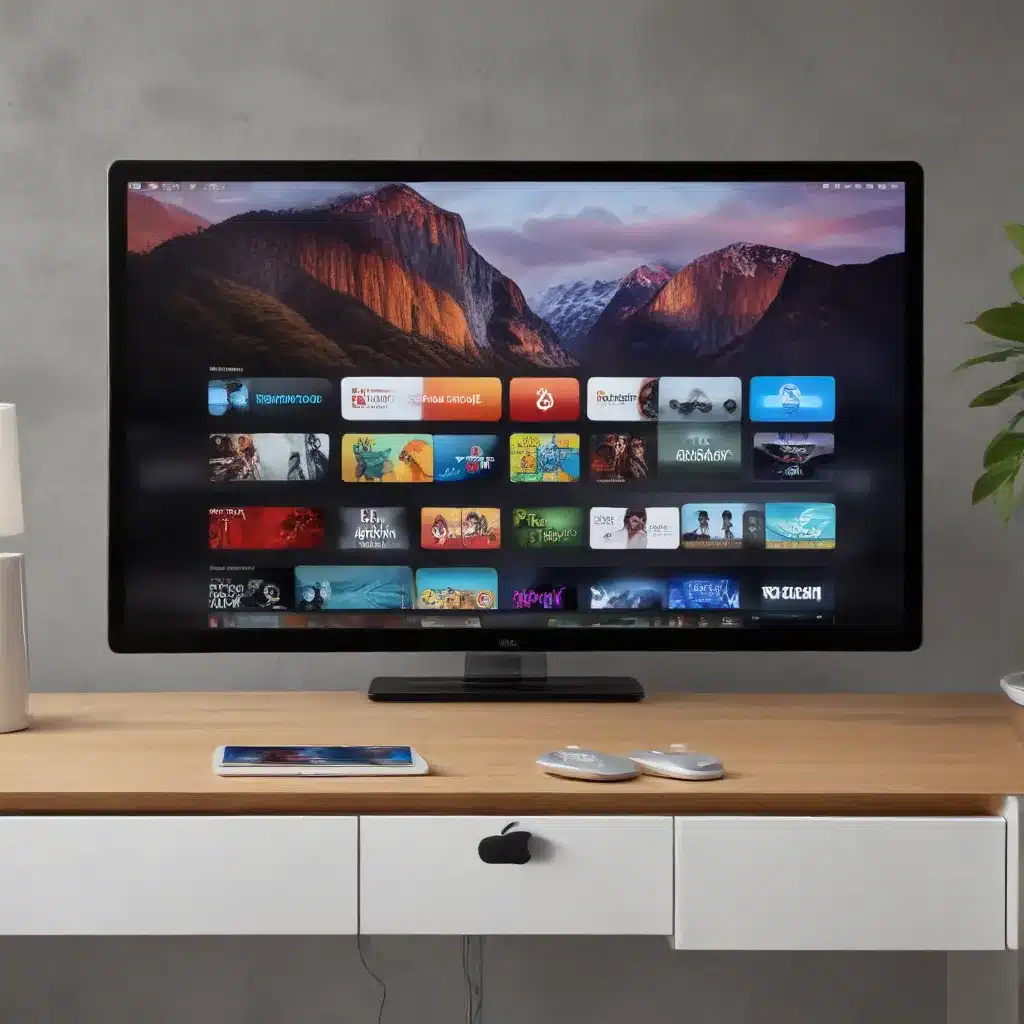
As a seasoned IT professional, I’ve encountered my fair share of challenges when it comes to Apple’s AirPlay and wireless screen mirroring technology. These features, designed to seamlessly connect our Apple devices to larger displays and audio systems, can sometimes fall victim to connectivity issues, software bugs, and network-related problems. In this comprehensive guide, I’ll share practical tips and in-depth insights to help you troubleshoot and resolve the most common problems you might face with AirPlay and wireless screen mirroring.
Identifying AirPlay and Wireless Screen Mirroring Issues
Before we dive into the troubleshooting process, it’s essential to understand the common symptoms of AirPlay and wireless screen mirroring malfunctions. Some of the most frequently reported issues include:
- AirPlay not connecting or showing up: This can happen when your Apple device (iPhone, iPad, or Mac) is unable to detect or connect to the AirPlay-compatible device, such as an Apple TV or smart TV.
- Intermittent or unstable connections: AirPlay connections may drop randomly or experience lag, freezing, or video/audio quality degradation during use.
- Unsupported file formats: Certain media files or content types may not be compatible with AirPlay, resulting in an inability to stream them.
- Network-related problems: Weak Wi-Fi signals, network interference, or issues with your router can hinder AirPlay’s performance.
- Software-related bugs: Updates to iOS, iPadOS, macOS, or tvOS may introduce bugs that disrupt AirPlay functionality.
Troubleshooting AirPlay and Wireless Screen Mirroring Issues
Now, let’s explore the step-by-step troubleshooting process to address the most common AirPlay and wireless screen mirroring problems.
1. Check Device Compatibility and Software Updates
The first step is to ensure that both your Apple device and the receiving device (Apple TV, smart TV, or other AirPlay-compatible hardware) support AirPlay. You can find the list of supported devices on Apple’s website.
Additionally, make sure that your devices are running the latest software versions. Outdated software can often lead to compatibility issues and bugs that prevent AirPlay from working correctly. Keep your iPhone, iPad, Mac, and Apple TV (or other connected devices) up to date with the latest iOS, iPadOS, macOS, and tvOS releases.
2. Verify Network Connectivity
AirPlay relies on a stable Wi-Fi connection between your Apple device and the receiving device. Ensure that both devices are connected to the same local network and that the Wi-Fi signal strength is adequate. You can use network diagnostic tools like NetSpot or WiFi Explorer to analyze your wireless network and identify any potential issues, such as weak signal, channel conflicts, or interference.
If the network connection seems to be the culprit, try the following:
- Restart your Wi-Fi router and reconnect all devices.
- Ensure that your router’s firmware is up to date.
- Move your devices closer to the router or access point to improve signal strength.
- Disable any VPNs or firewalls that might be interfering with the AirPlay connection.
3. Check AirPlay Settings and Permissions
On your Apple device, go to the Control Center and look for the AirPlay or Screen Mirroring icon. If it’s not present, you may need to enable the feature in your device’s settings.
For iOS/iPadOS devices:
1. Go to Settings > Control Center.
2. Ensure that “Screen Mirroring” or “AirPlay” is included in the list of available controls.
For macOS:
1. Go to the Apple menu > System Settings > General > AirDrop & Handoff.
2. Make sure “AirPlay Receiver” is enabled.
Additionally, check the AirPlay settings on the receiving device (Apple TV or smart TV) to ensure that it’s configured to allow connections from your Apple device. You may need to adjust the “Allow Access” or “AirPlay and HomeKit” settings accordingly.
4. Restart Devices and Reset Network Settings
If the above steps don’t resolve the issue, try restarting your Apple device, the receiving device (Apple TV or smart TV), and your Wi-Fi router. This can help clear any temporary glitches or connection issues.
If the problem persists, you can also try resetting the network settings on your Apple device:
For iOS/iPadOS:
1. Go to Settings > General > Transfer or Reset iPhone/iPad.
2. Select “Reset” and then choose “Reset Network Settings.”
For macOS:
1. Go to the Apple menu > System Settings > Network.
2. Click on the network interface you’re using, then click the gear icon and select “Advanced.”
3. Click the “Reset” button to reset your network settings.
After resetting the network settings, reconnect your devices to the Wi-Fi network and try using AirPlay or wireless screen mirroring again.
5. Explore AirPlay Alternatives and Backup Options
If the troubleshooting steps above don’t resolve your AirPlay issues, you may want to consider using alternative screen mirroring or streaming solutions. Some options include:
- JustStream: A powerful app that allows you to easily mirror your Mac’s screen to an Apple TV or other compatible devices, bypassing any AirPlay-related problems.
- Transloader: A tool that enables you to remotely download files from your iPhone or iPad to your Mac, even if you’re not on the same network.
- Boom 3D: An audio enhancement app that can improve the sound quality when playing media on your Mac, complementing your wireless screen mirroring experience.
By utilizing these alternative tools, you can maintain productivity and enjoy your content even when AirPlay is not functioning as expected.
Conclusion
AirPlay and wireless screen mirroring are powerful features that can greatly enhance our Apple device experiences. However, as with any technology, issues can arise that require troubleshooting and problem-solving. By following the steps outlined in this article, you’ll be better equipped to identify and resolve the most common AirPlay and wireless screen mirroring problems, ensuring a seamless and enjoyable content-sharing experience across your Apple ecosystem.
Remember, if you continue to experience persistent issues, don’t hesitate to reach out to IT Fix for further assistance. Our team of seasoned IT professionals is always here to help you navigate the complexities of technology and find the best solutions for your needs.












